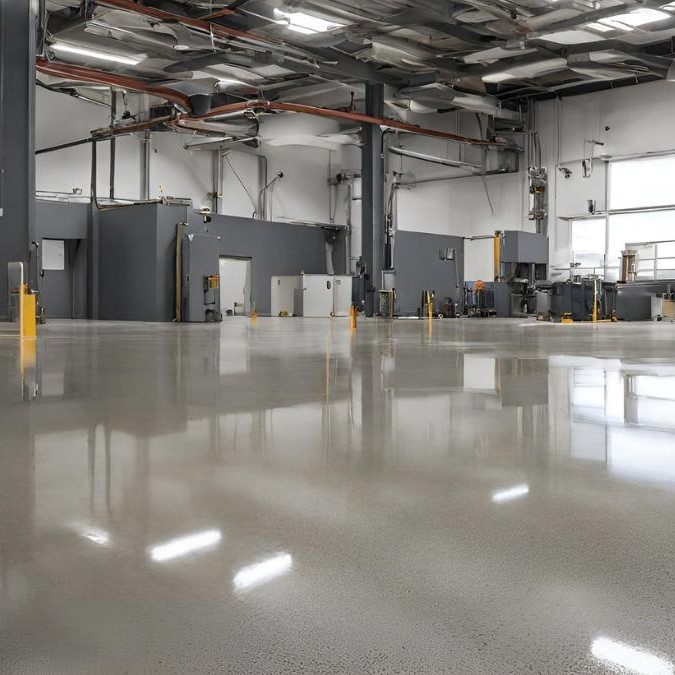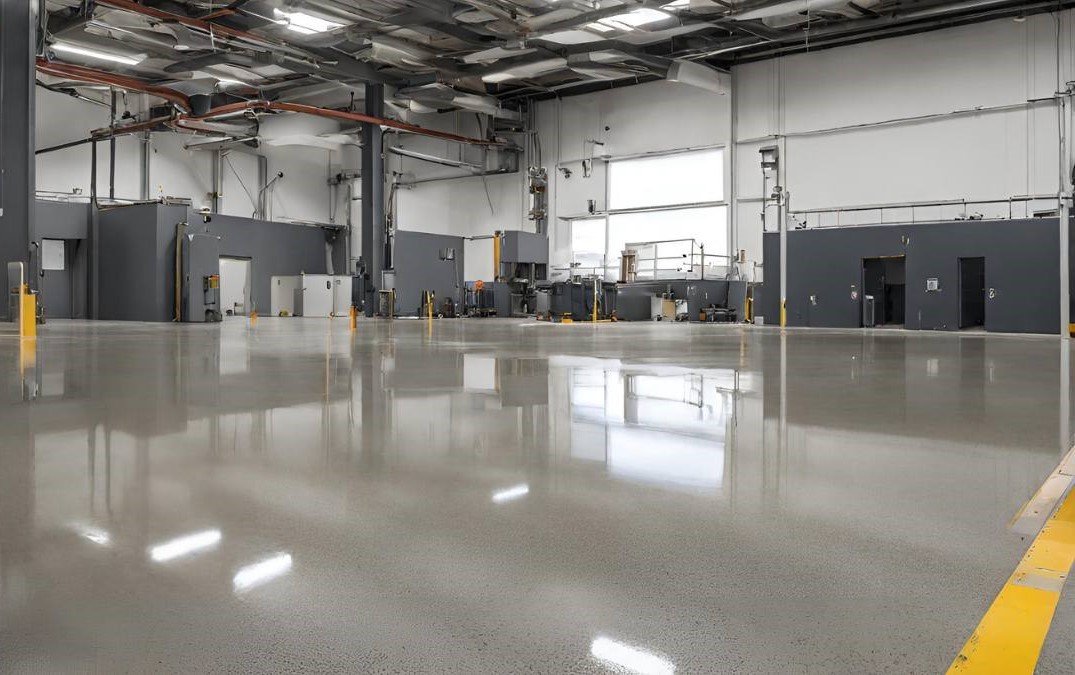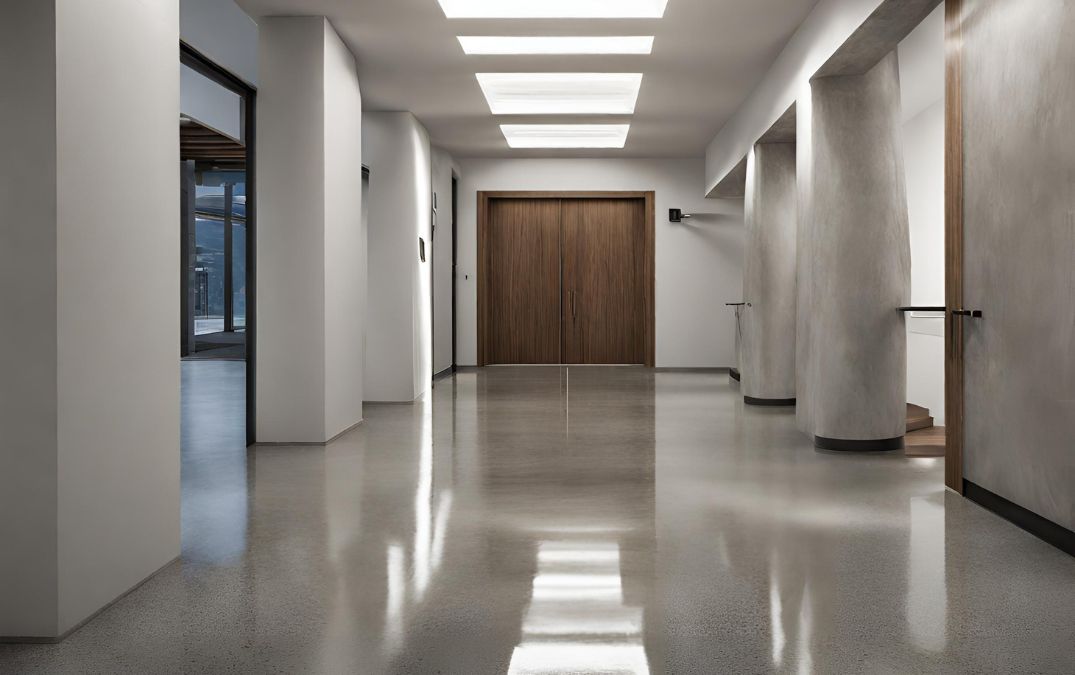Does polished concrete flooring absorb water?
When polished concrete flooring is properly sealed, it does not absorb water. The sealing process involves applying a protective layer over the concrete, which fills the pores and creates a barrier against moisture penetration. This sealant effectively prevents water and other liquids from seeping into the surface, thereby protecting the concrete from potential staining, damage, and deterioration.
While polished concrete itself retains some porosity, the addition of a sealer ensures that the flooring becomes water resistant. Regular maintenance and reapplication of the sealant as needed will maintain this protective barrier, ensuring the longevity and durability of the polished concrete floor.



